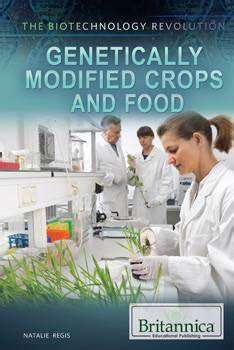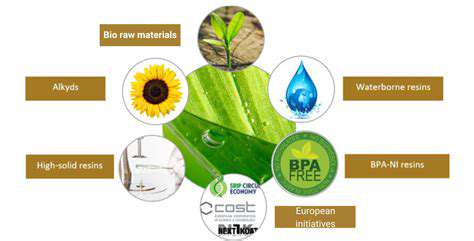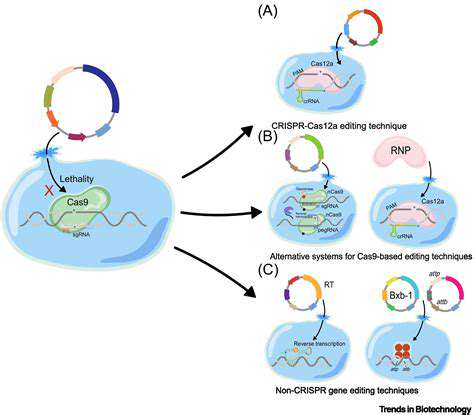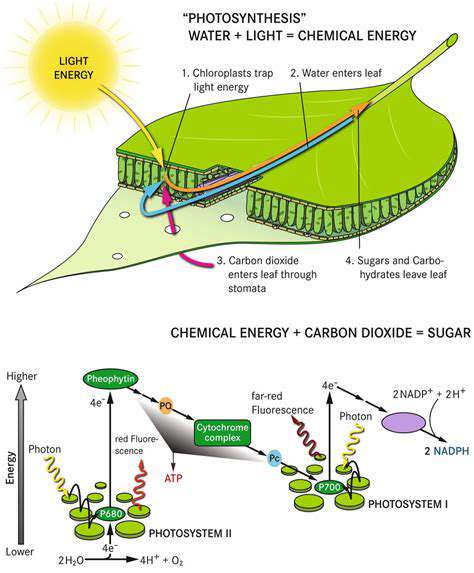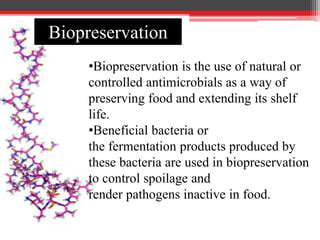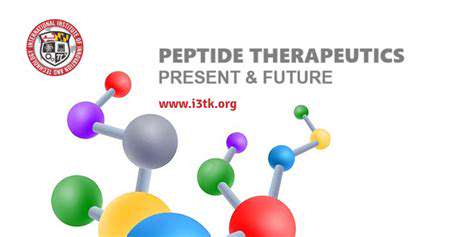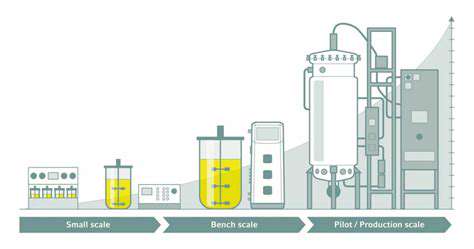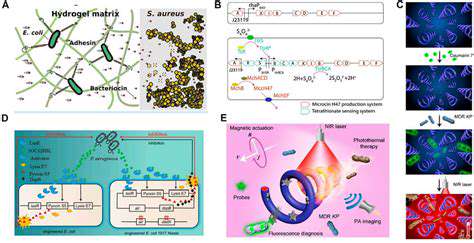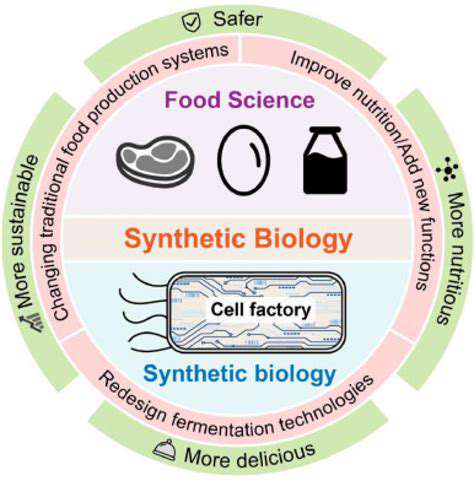Defining Targeted Drug Delivery Systems
Targeted drug delivery (DDS) represents a nanomedicine breakthrough that enhances treatment precision while minimizing side effects. These systems specifically transport therapeutic agents to diseased cells, sparing healthy tissue. This selective approach reduces systemic drug exposure, improving efficacy and safety. The technology relies on drug encapsulation with targeting molecules that bind specifically to disease markers.
Effective DDS development requires thorough understanding of both disease pathology and drug characteristics. Customizing delivery systems can optimize treatment responses while reducing complications from traditional administration methods.
Nanocarriers in Targeted Drug Delivery
Nanocarriers serve as microscopic transport vehicles in DDS, protecting and delivering drugs to precise locations. Various nanomaterials - including liposomes, polymeric nanoparticles, and dendrimers - offer unique advantages like biocompatibility and drug protection. Selection depends on both therapeutic agent and target condition.
Each nanocarrier type presents distinct benefits and limitations regarding drug capacity, stability, and targeting precision. Ongoing research focuses on optimizing these parameters for improved performance.
Targeting Mechanisms in DDS
Effective DDS relies on sophisticated targeting strategies using specialized ligands or antibodies that bind specifically to disease markers. This precision targeting minimizes impact on healthy tissue while maximizing therapeutic effect. Common approaches include receptor-mediated targeting, antibody conjugation, and cell-specific delivery systems.
Targeting mechanism effectiveness often determines DDS success. Meticulous ligand selection and design are paramount for achieving optimal drug delivery to intended sites.
Challenges in Drug Delivery
Despite significant progress, DDS faces several hurdles. Developing cost-effective, scalable production methods remains challenging. Ensuring nanomaterial safety and biocompatibility is equally critical. Achieving precise targeting in complex biological systems often proves difficult. Addressing these challenges is essential for clinical translation.
Drug Loading and Release Mechanisms
Optimizing drug loading and controlled release is fundamental to DDS success. Effective encapsulation and site-specific release timing are crucial for therapeutic impact. Various release strategies exist, including passive diffusion, pH sensitivity, and stimulus-responsive mechanisms. Precise control over these processes ensures optimal treatment outcomes.
Clinical Applications of Targeted DDS
Targeted DDS shows particular promise in oncology, where precision delivery of chemotherapy reduces damage to healthy tissue. These systems also show potential for treating cardiovascular, infectious, and neurological disorders, offering improved efficacy with fewer side effects.
Future Directions and Research
Future DDS research will focus on developing more sophisticated nanocarriers with enhanced targeting and controlled release capabilities. Exploration of novel materials and nanotechnology will further refine these systems. The ultimate goal involves creating personalized delivery platforms tailored to individual patient needs. Advanced imaging techniques will play a key role in monitoring in vivo performance.
Biotechnology's Role in Enhancing Nanocarrier Design
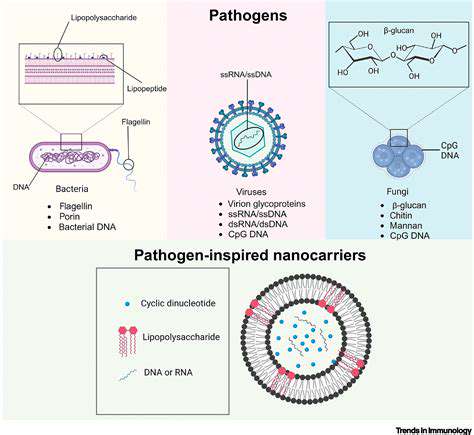
The Power of Genetic Modification
Biotechnology's genetic engineering capabilities are transforming multiple industries. By altering genetic material, scientists enhance desirable traits and create organisms with specific functions. This enables development of high-yield, nutrient-rich crops resistant to environmental stresses. The potential impact on global food security is substantial, especially in climate-vulnerable regions.
Medical applications are equally promising. Genetically modified organisms producing therapeutic compounds represent major treatment advances. This technology enables more effective, accessible therapies for diverse conditions, potentially easing healthcare burdens and improving lives worldwide.
Applications Across Diverse Industries
Beyond medicine and agriculture, biotechnology enables environmental solutions through bioremediation - using biological processes to clean pollutants. This approach helps restore contaminated ecosystems, addressing industrial waste impacts. Such applications are increasingly important for environmental sustainability.
Industrial biotechnology optimizes manufacturing through microbial or enzymatic processes, reducing resource use and waste generation. This supports more sustainable industrial practices economically and environmentally.
Biofuel production represents another significant application. Engineered microorganisms convert renewable resources into fuel alternatives, helping reduce fossil fuel dependence. This contributes to cleaner energy systems and reduced carbon emissions.
Biotech also enables development of novel biomaterials with unique properties for construction, electronics, and other industries. These sustainable alternatives to traditional materials represent a promising research frontier.
In summary, biotechnology drives innovation across sectors, offering solutions to global challenges in food production, healthcare, industry, and environmental protection.
Overcoming Challenges and Future Directions
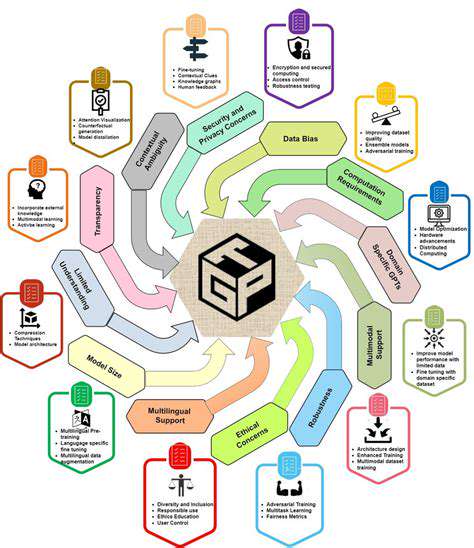
Overcoming Past Obstacles
Progress often encounters significant barriers. Successfully navigating these challenges demonstrates adaptability and learning capacity. Past difficulties provide valuable lessons that shape perspectives and improve problem-solving skills.
Analyzing previous challenges helps identify patterns, enabling proactive strategies to avoid repetition. This reflection facilitates growth and long-term achievement while revealing personal strengths and areas for improvement.
Embracing Innovation
In our rapidly changing world, innovation is essential for survival and success. Adopting new technologies and approaches enables adaptation and competitive advantage. Novel ideas can transform industries and create opportunities.
Continuous learning and exploration cultivate innovation. Encouraging experimentation and creativity unlocks potential for individuals and organizations alike.
Cultivating Resilience
Success requires perseverance through setbacks. Resilience means recovering from adversity, learning from mistakes, and maintaining optimism during challenges.
Building Strong Relationships
Meaningful connections form the foundation of success. Developing these relationships requires empathy, communication, and commitment. Such networks provide support and collaboration opportunities.
Prioritizing Well-being
Ambitious pursuits shouldn't compromise health. Maintaining physical, mental, and emotional wellness ensures sustained performance and satisfaction. Good health provides the energy and focus needed to achieve goals.
Strategic Planning and Execution
Effective future navigation requires clear goal-setting, actionable plans, and progress monitoring. Consistent implementation with determination is equally important for success. Strategic planning enables efficient resource allocation and anticipates potential obstacles.

